CEO Sanjay Mirchandani On Commvault's Future: Metallic, Hedvig, Data Management
Mirchandani told CRN that the speed at which Commvault built its Metallic SaaS data protection and data management application and acquired software-defined storage developer Hedvig are proof points that his company is not the stodgy vendor of old.
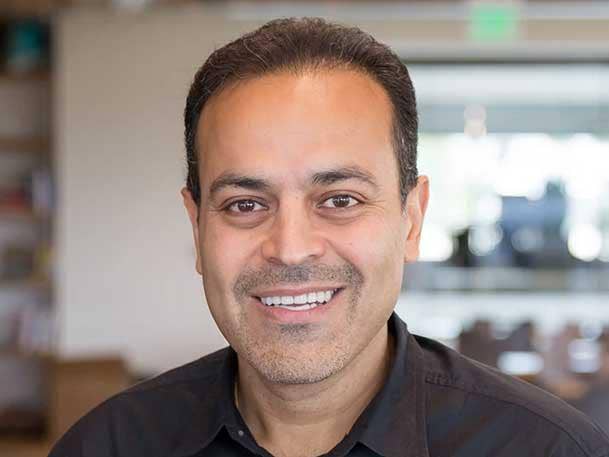
Commvault Moving Like Never Before
When Sanjay Mirchandani joined Commvault as CEO about a year ago, Commvault was no one's idea of a data protection and data management software star. While the company was acknowledged to have leading edge data protection technology, it seemed more like one of the old guard of the industry when compared to a growing list of smaller startups that seemed, via their marketing if nothing else, to be running circles around Commvault and its older peers.
Mirchandani in the past year has moved to change that perception. And he and his team have moved with a speed not possible before his taking over. He reshaped Commvault's sales and channel teams. He detailed a team to act like a startup to develop Metallic, Commvault's SaaS data protection and management offering focused on SMB and midrange clients. And he led Commvault's first acquisition, that of Hedvig, a developer of software-defined storage technology that gives his company new abilities to work in heterogeneous storage environments.
CRN recently sat down with Mirchandani to talk about these and other major changes Commvault has seen since he joined the company, as well as the expected impacts those changes will have on the company and its channel partners going forward.
To learn more about why Commvault probably should not be put in the "stodgy vendor" category any longer, turn the page.
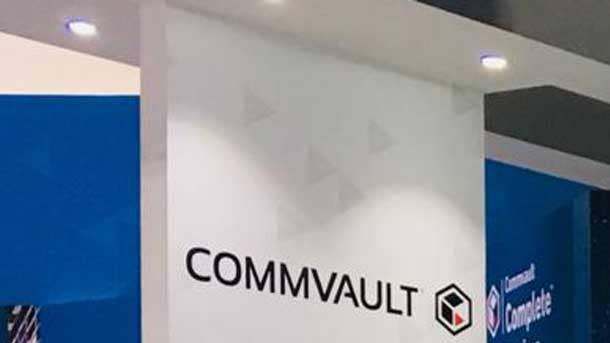
You started at Commvault in February of last year, at a time when Commvault was still viewed by many as a stodgy old-school vendor. What did you see when you first joined Commvault?
There's no question about it: [Commvault] was at the point that it was, it was reinventing itself. There was a desire to reinvent itself. The board was looking for a new CEO to come in and help do that.
When I got interested, I looked at the company [first] as a tech company that has incredible technology. As much as customers may, and I quote you, 'think we're stodgy,' the same customers will be the first to say, 'When it comes to mission critical, battle tested, use cases, we use Commvault, because the stuff just works.'
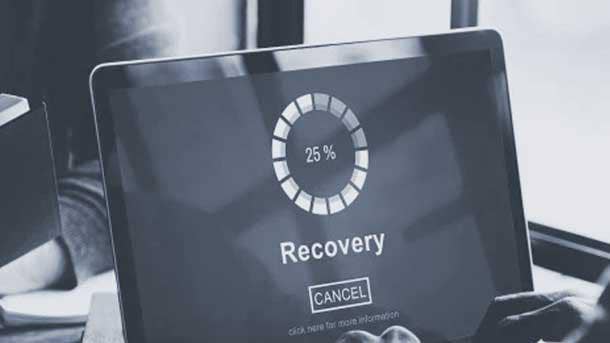
Commvault showed impressive technology at Commvault Go in 2019, but its marketing strategy wasn't impressive. ...
If a tech company loses its way with technology, that's a bigger problem than if you have a sidestep with how you go to market or something like that. So the first thing I looked at was the fact that the company had incredible technology. And the roadmap was rich.
Number two, we have over 800 active patents. [And we have] some pretty spectacular statistics on how customers use us and how much they use us.
The third piece was the fundamentals of the company. If you look at the balance sheet, it was a strong company. It was a good company. So I looked at it as, if there was ever an opportunity to come into something that had all the fundamentals right, this was it. And people that have been with the company for years loved it, cared about it. Customers were loyal. We had tens of thousands of customers. Everything was perfect. So we had to get the go-to-market and some of the positioning right.
What did you do?
One of the things in that go-to-market that I felt we had to get right was our channel, our commitment to the channel, the way we engaged the channel. And so between Ricardo [Di Blasio, chief revenue officer), Mercer [Rowe, vice president of global channels and alliances], Carmen [Sorice, vice president of America's channels and alliances], we brought in some talent here. And we've really tried to both programmatically and with complete transparency start evolving this company to be really channel-committed. If you take nothing away from what we did in Metallic, see the fact that you can buy this product only through a channel partner. And I was hardcore about it. ...
[Also,] we've every 90 days updated our Commvault Complete in a whole new way. We've got Orchestrate, we've got Activate, we've got Hyperscale. We just bought Hedvig. And here we are with Metallic. This portfolio, I believe, between the bringing together of storage management and data management, we're going to build new solutions that customers are going to use for years to come.
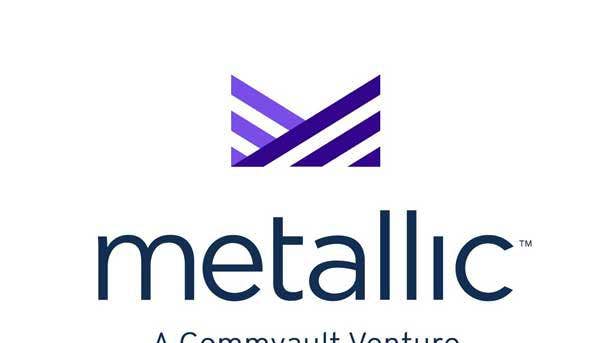
Metallic was an initiative you started after joining Commvault, and was done fairly quickly. How did you come up with it?
I spoke to a bunch of Commvault customers as I was doing my own due diligence, and one of the things that became apparent to me was that they would like the option of having the core product, the core capabilities, delivered as a SaaS service. Maybe they have branch offices, maybe they want to use it for endpoints. I mean, there were different scenarios. And when I came in, I started asking our product team where SaaS fit in it. And as we started talking about it and we sized it, we realized that we were in a unique position where we understood customers' use of data, what they protected, how they protected it, what were the gotchas, what are the scenarios. You know, we have 20-plus years of deep understanding of data and customer scenarios. If we could build a world-class experience, the backup protection, data protection piece was almost the easy part for us. And our product was multi-tenanted. It has all of those things already. ...
I had asked Rob [Kaloustian, senior vice president and general manager of Metallic] to go take this on. And I said I wanted to run it like a startup. I wanted him to be a startup inside the company. And we funded them like a startup. They built the team like a startup. They built the product like a startup. And they ran it. I mean, they did everything they had to like a startup.
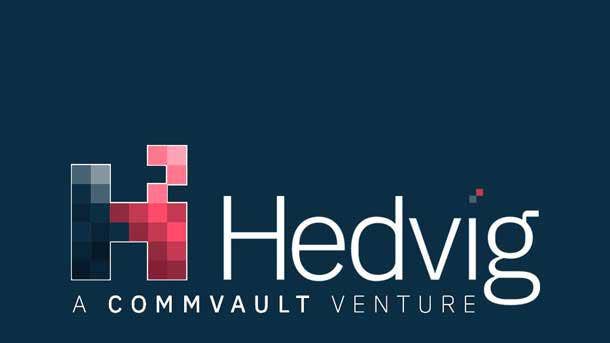
One of the biggest bits of news from Commvault in 2019 was its acquisition of Hedvig. Were you involved in that decision, or did it start before you joined Commvault?
Completely. Yes, of course. We had never bought a company before Hedvig.
So that was your decision?
It wasn't my decision. I pushed it, though. The way I've seen acquisitions done is you could do it top-down, or you could do it bottoms-up. The product organization--in this case, Rajiv [Kottomtharayil, chief product officer], and Brock [Brockway], my CTO--they had to truly believe that this was important to our future. And once they realized what the technology did, they were pushing me to go make this happen. Flip from being a partnership conversation to being that we-got-to-have-this-in-the-family conversation. To that point, I didn't have to worry too much. The momentum was there. They wanted it. And the Hedvig team and our team got to know each other as we did due diligence. It didn't take a long time. But it took long enough for us to be sure that the cultures matched, the overlap was minimal, the talent we were bringing in starting with Avinash [Lakshman, Hedvig founder and CEO] all the way down was exactly what the company needed. There's a good amount of respect between the two organizations that are fast becoming a unified team.

Does this mean that Commvault is now an acquisitive company?
I don't wake up every morning saying who am I going to buy tomorrow. But I know time is not our friend in this industry. And I know my competitors don't sit still. So yes, I have 360-degree vision on making sure that if there's something out there that really flushes out the product line for my customers, I'm not going to be shy. But I don't wake up saying, 'Oh, what am I buying today?' There's a different mindset. Some companies do that. That's not what I do. What I want to say is, if this thing really makes a difference to my customer value, solves hard problems for my customers, and gives us time to market, and some real IP (intellectual property), then I'll look at it.
So with the acquisition of Hedvig, Commvault is now looking at combining storage management and data management. How important is that?
We have an opportunity in front of us with cloud native applications to really change the way in which things are done. The only way solutions can be built that are world-class engineered solutions with engineering built-in as opposed to bolted on is by coupling storage tighter with data protection. And that way you get both active and at-rest data protection. You get container applications, VMs (virtual machines), file, block, whatever you want, all in one set of protocols. And guess what? You're not beholden to the cloud API's to get work done. You have this layer of abstraction that runs on Google, runs on this, runs on that. It doesn't matter what x86 protocols you use, as long as it runs on it as a layer. And if Hedvig is that layer, then I get all the other coolness: policy engines that talk to each other, protocols that talk to each other. Who cares if it's primary or secondary. What you care is a destination that allows you to do certain things if you turn on feature sets. I call it the left brain, right brain concept. The logical side is the storage management side. And the creative side is the data protection side. And you bring those two together, it's magic.

If we look at the storage industry as a whole, though, a lot of vendors are moving that direction, or at least have been working at it longer than Commvault. Is Commvault playing catch-up here?
You've got to look at motivation. I don't sell hardware. I can say it, but if my motivation is to sell hardware, I'm selling hardware. If my motivation is to sell cloud, then I'm selling cloud. Forget the veneer you put on it. My motivation isn't that. My motivation is to give customers the single best approach to managing data. And when I started looking at Hedvig, there were a lot of software-defined storage players out there. But these guys are the next generation of SDS (software-defined storage): their protocol consolidation, their data sovereignty capabilities, their policy engine, their scale-out architecture, their multi-cloud capabilities, their native containerized plays. This is built for tomorrow's architectures, not yesterday's. ... It's not like you can resubmit a packet if you lose it in the storage world. It's gotta be battle-hardened. They've spent a ton of time hardening the product. We're very pleased with what we bought and what they bring to the table.
Given the current storage environment, could Hedvig have survived as a stand-alone company going forward, or does it have technology that really needs to be part of a bigger solution?
I think it could have survived. But I think what Avinash was smart enough to understand was that having a company like ours, that truly understands the value of what he's built, and the customer footprint, global sales footprint, channel, to bring his dream to fruition was a smarter way to get there. So I think he had the right point of view on it, and he wanted to see this baby that he's built with Hedvig come to every single customer that Commvault's had for the past decades.
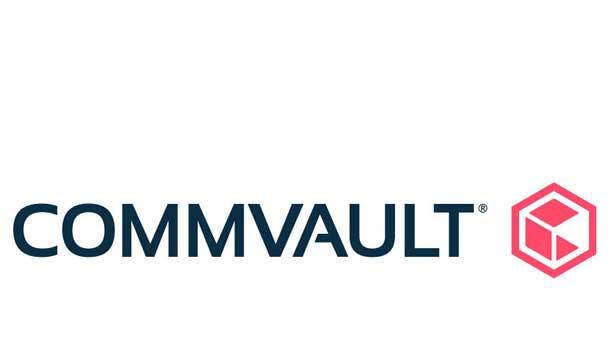
Hardware vendors like NetApp and Pure Storage moving to seamlessly tie their on-premises infrastructure to the cloud. What's the role of Commvault, a pure software play, in making a seamless transition between on-prem and on-line work?
So I'm going to answer the question from the viewpoint of a CIO. If I was talking to a customer today, or if I was the customer today, I always wear that veneer of, how exactly am I thinking about this situation? I know that I would want a hybrid environment today. There are certain workloads that will always live on my premises, in my data centers. And there are other workloads that over time will move, some to or from the cloud, really depending on different economic factors, whatever it may be. I want the fluidity. And any provider--hardware, software--that gives me gives me that level of fluidity between environments is valuable to me. I don't have any one hardware form factor that customers have asked us for. Even before Hedvig, it was all about the ubiquity. It was always about being able to give customers that fluidity, if you will.
How does Metallic fit in there?
When we started doing research with customers on Metallic, we thought customers would want to use their own cloud. 'What I'm saying is, you get the benefit of cloud whether you have it or not. And if you don't have it, I'll give you some cloud. But you know, it's up to you.' They came back and said, 'No, but we want an on-prem version of the data. So I want my Office 365 on-prem, I want my Sequel Server that's running in the VMs on-prem. So I want the fluidity of being able to actually back up my SaaS applications on-prem.' And we go, 'Huh.' And that became quite prevalent in the conversations that we were having. That became a value proposition that we hadn't initially thought about, but we made it absolutely integral to how we deliver the solution.

People talk about how smaller competitors like Veeam, Cohesive, and Rubrik are nimble and running circles around the larger vendors. Does Commvault see competitive pressures from such vendors?
The first thing I'll tell you, I question whether they're more nimble. We built Metallic in record time. We built what I believe is a world-class product in record time.
We built the experience and everything that a next-generation SaaS product needs. We moved really quickly when we spotted Hedvig. We saw something we thought was going to flush out our capabilities, and we moved. This was not molasses. We were moving fast. And it was relentless. I mean, our guys didn't sleep for weeks just getting some of the due diligence done because we needed this, wanted this.